Stinging Insects
You probably didn’t imagine that one day you’d be scouring the Internet for how to identify different stinging insects. But these little bugs can have a big impact on our lives. Each year, 60 deaths occur in the United States due to insect sting anaphylaxis.2
So, it’s a great idea to inform yourself of the different types of stinging insects. Learn which ones are more aggressive, which ones will linger around your garbage can, and which ones are creating a hive under your awning. You’ll be glad you did!
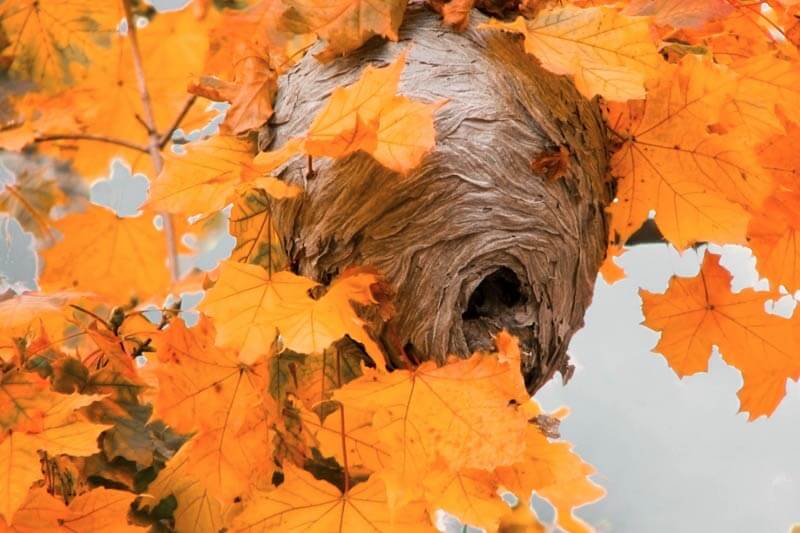
Paper Wasp
Learn to identify a paper wasp: paper wasp nests, if wasps die after stinging, their habits, and more.
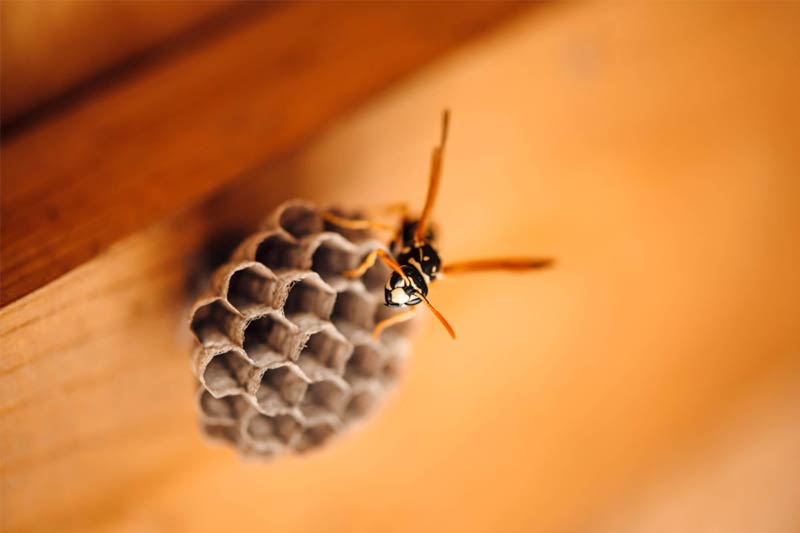
Yellow Jacket
Yellow jackets are aggressive and territorial. Evade their sting by recognizing yellow jacket nests and different species.
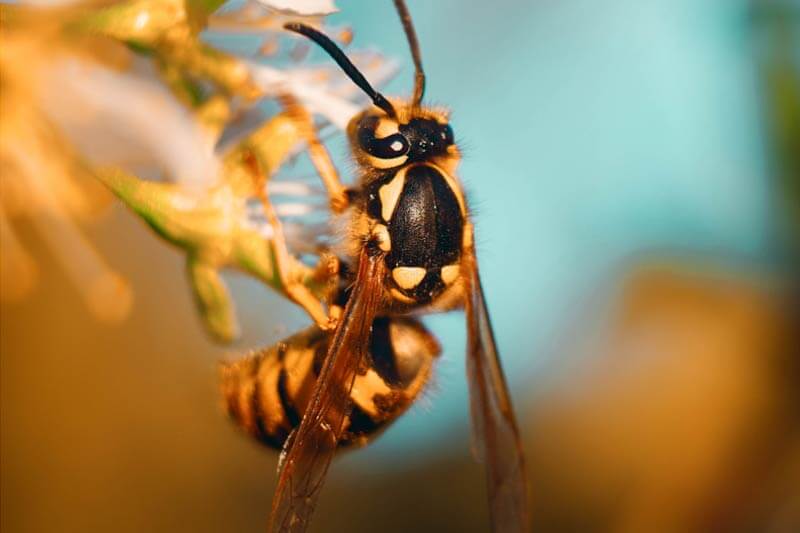
16M
Americans Are
living with a potentially life-threatening bee sting allergy.1
220K
ER Visits
occur each year for bee sting allergy-related anaphylaxis.2
60
Deaths Per Year
are directly related to severe bee sting reactions.2
Honey Bee
Discover what a honey bee hive looks like, where you’ll most likely find one, and what makes a honey bee sting.

Hornet
Hornets are best left alone! Learn to distinguish between hornets and other stinging insects and how best to avoid their nests.
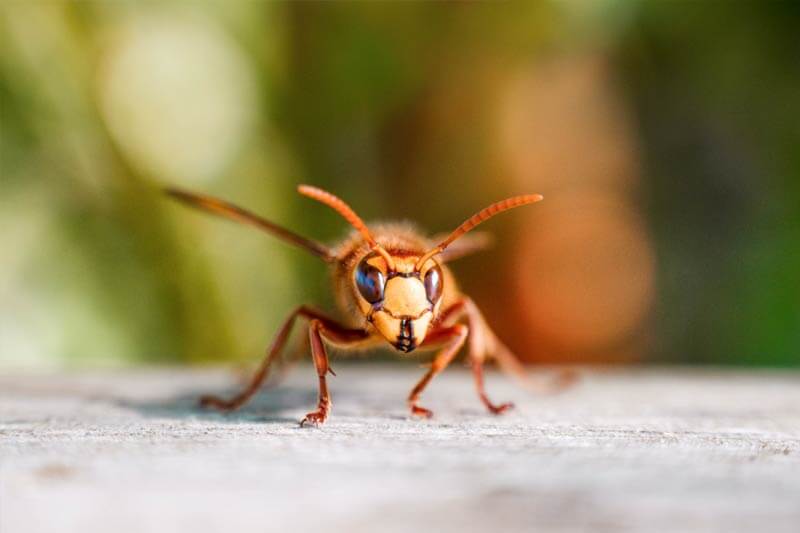
Asian Giant Hornet
The Asian giant hornet (or “murder hornet”) is as scary as it sounds, but your chance of seeing one is rare. Learn what to do in that rare instance.
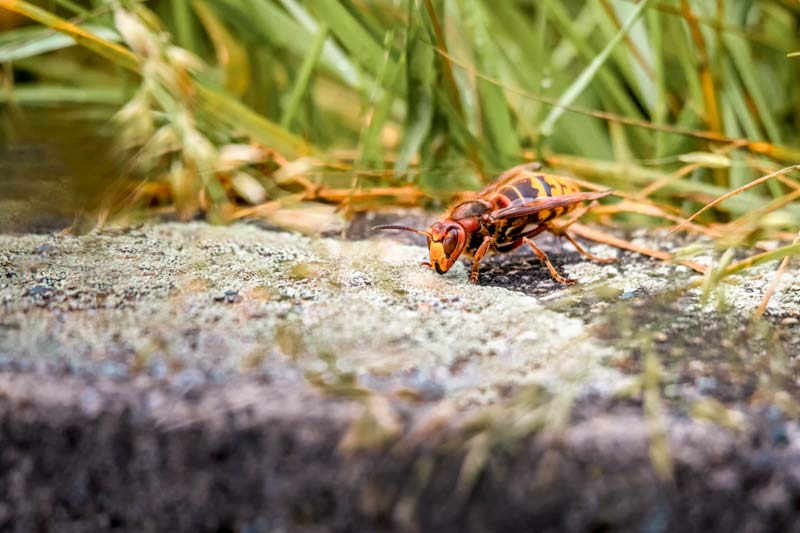
FIRE ANTS
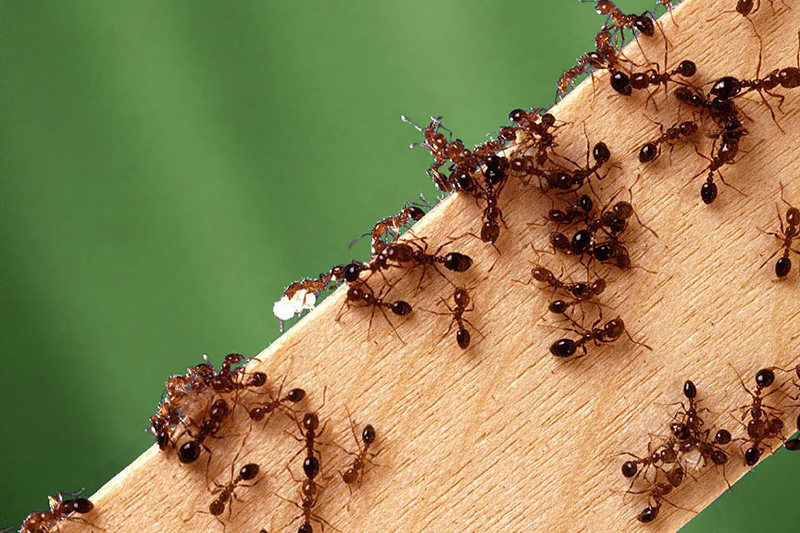
BUMBLE BEE
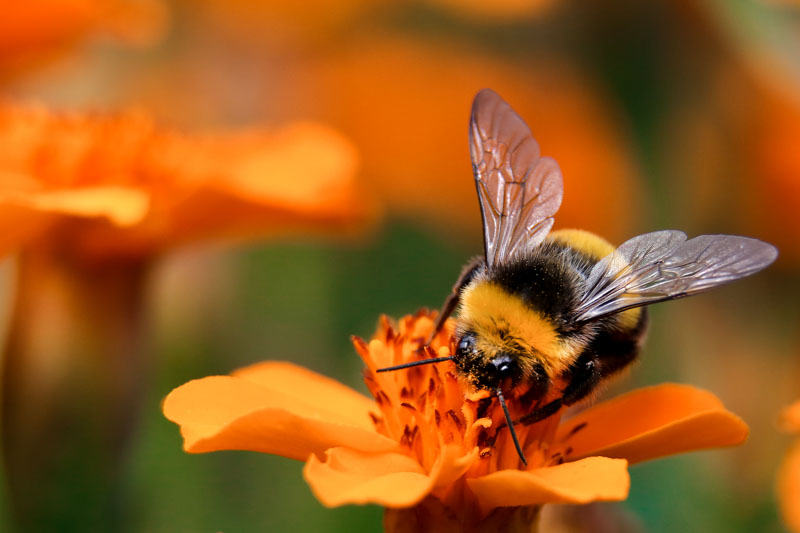


The Basics of Allergy Testing
Learning the basics of bee sting allergy testing is a great first step! After some light reading, you’ll feel more ready to contact an allergist.

